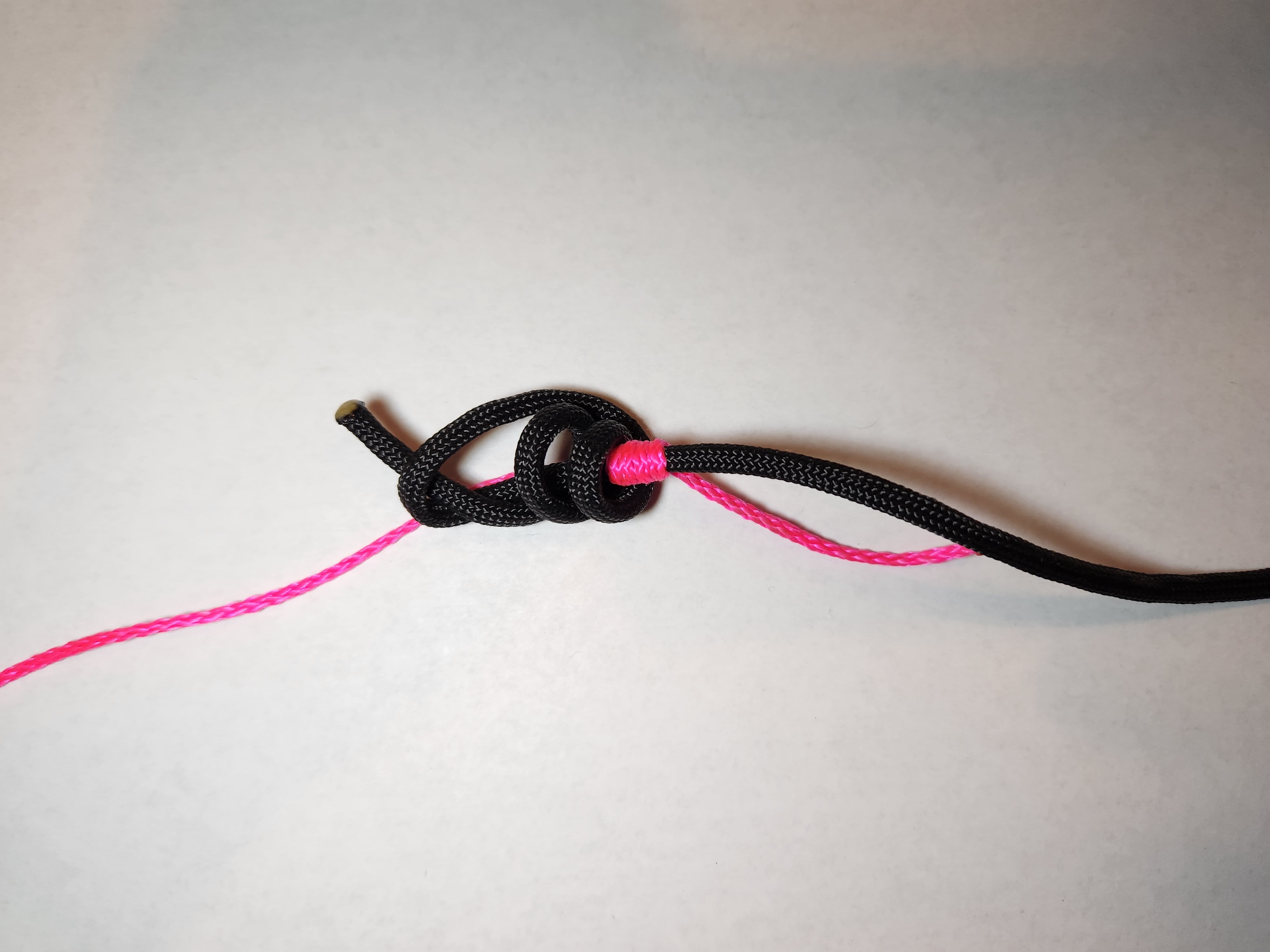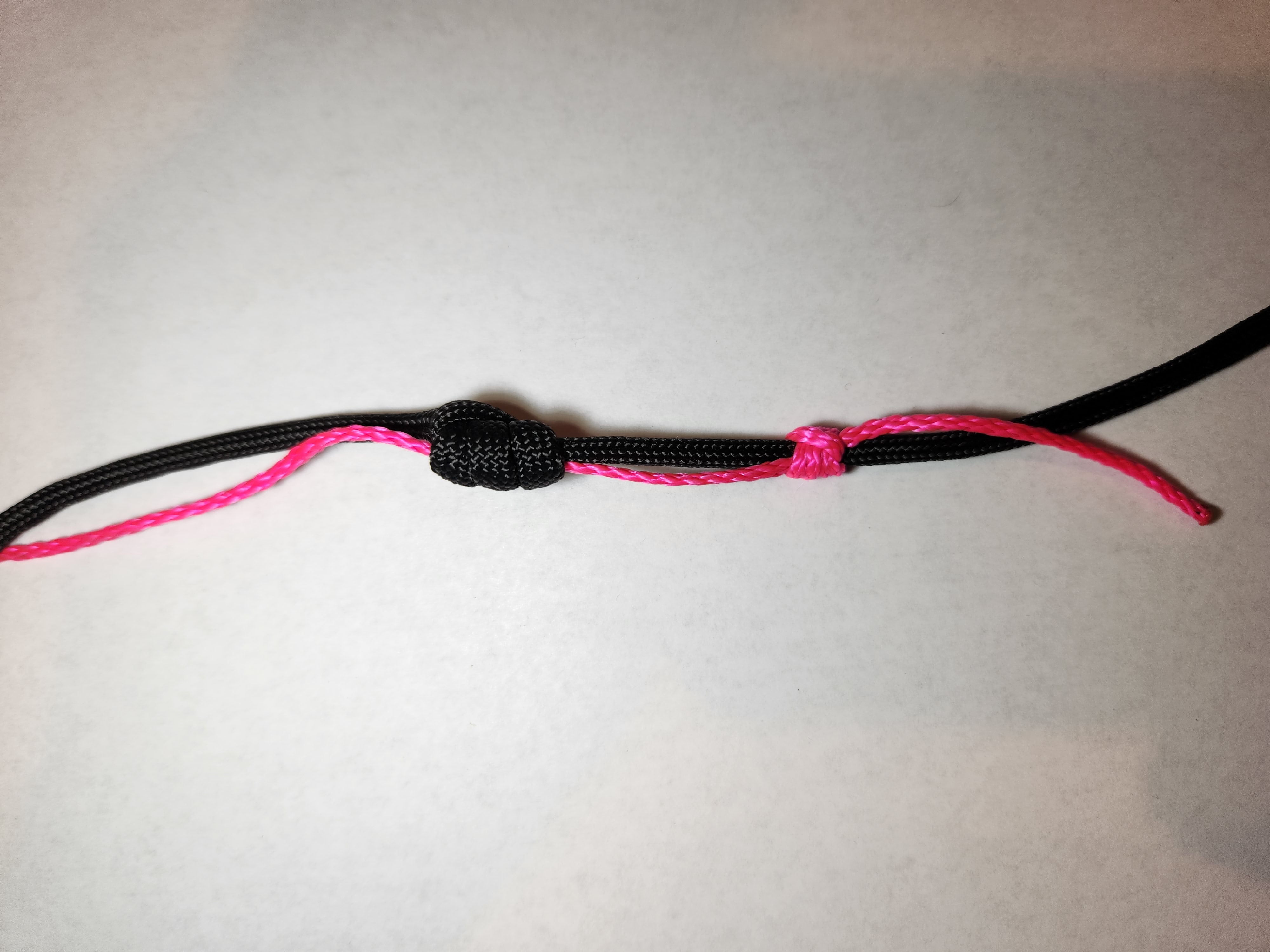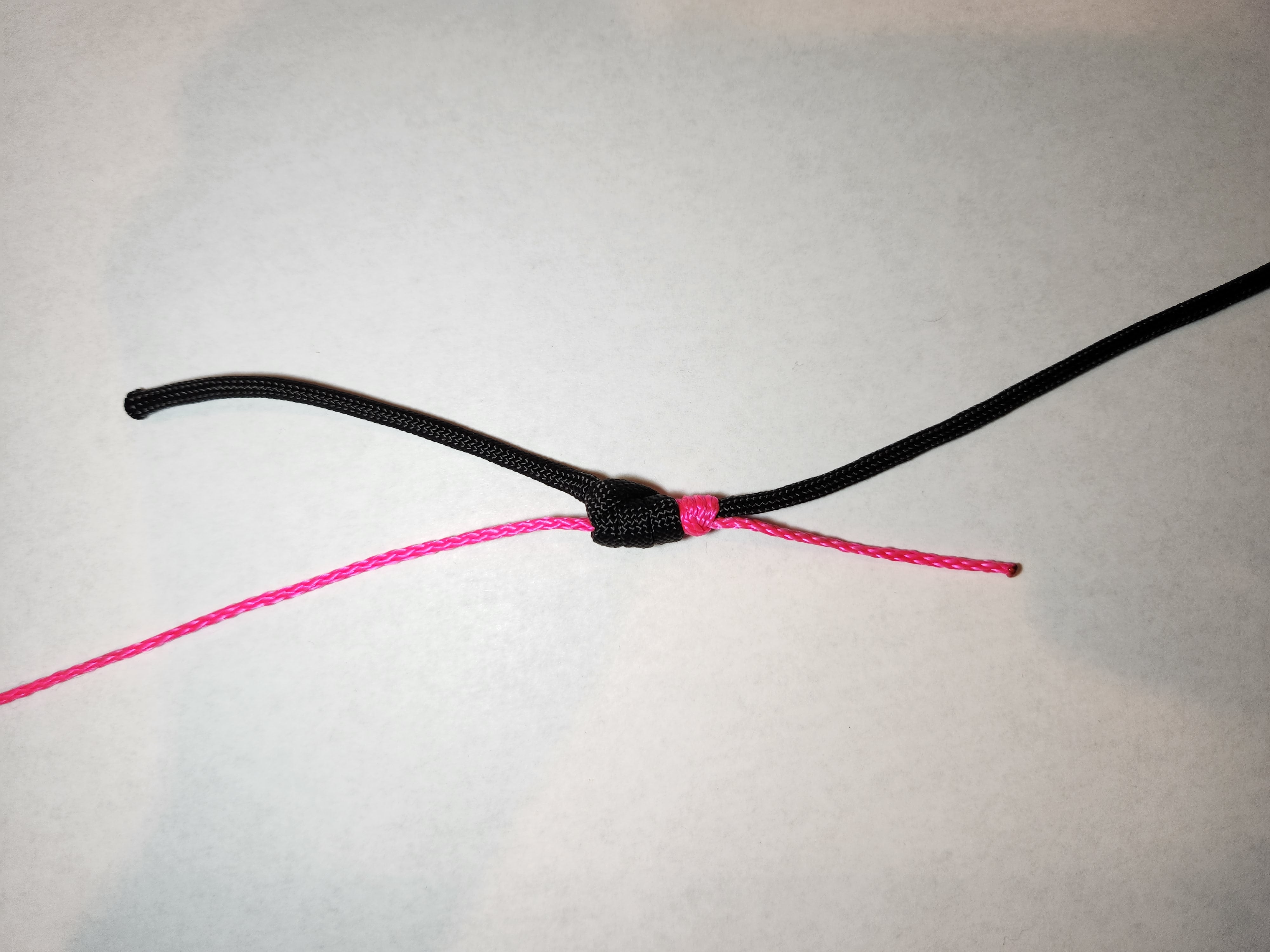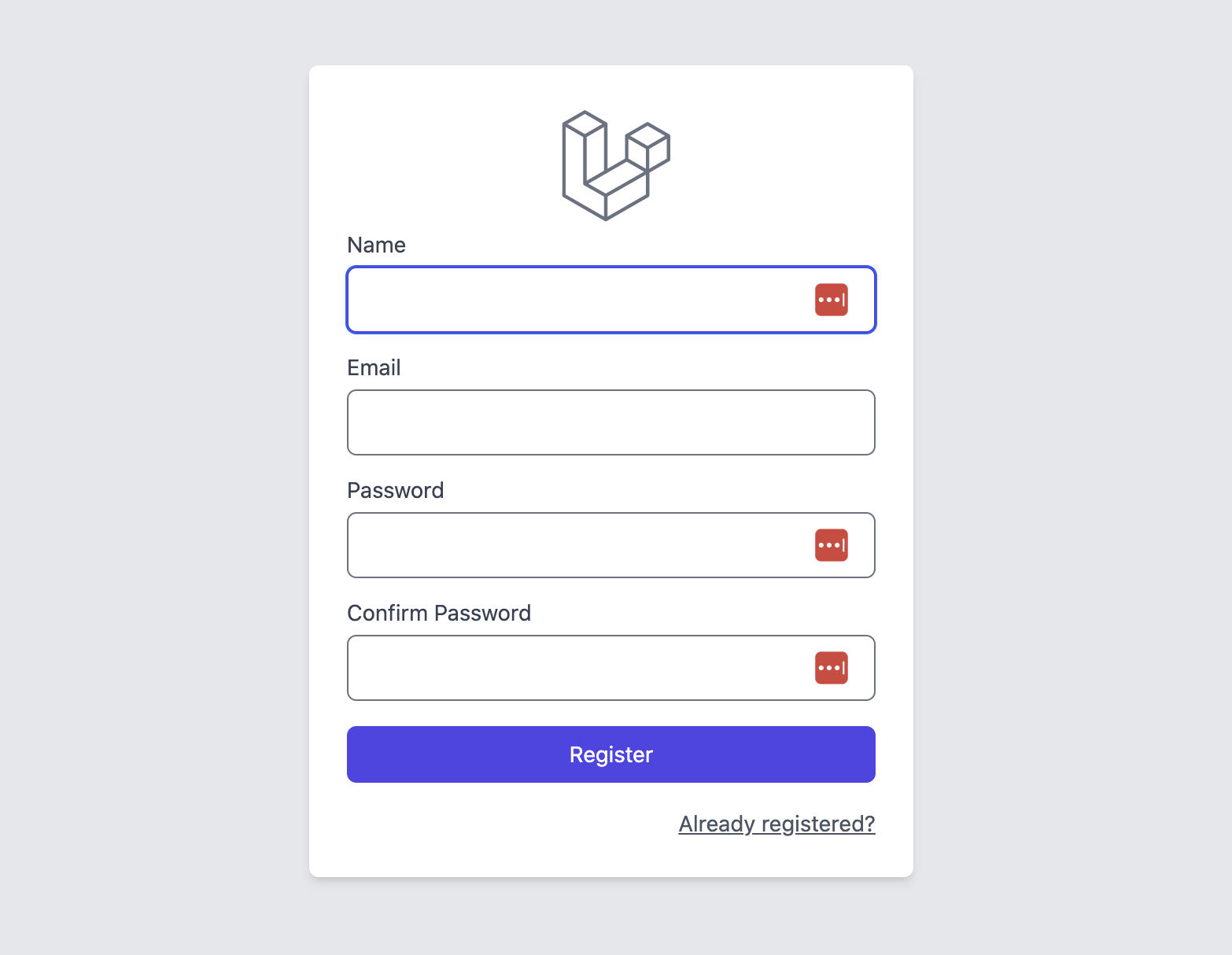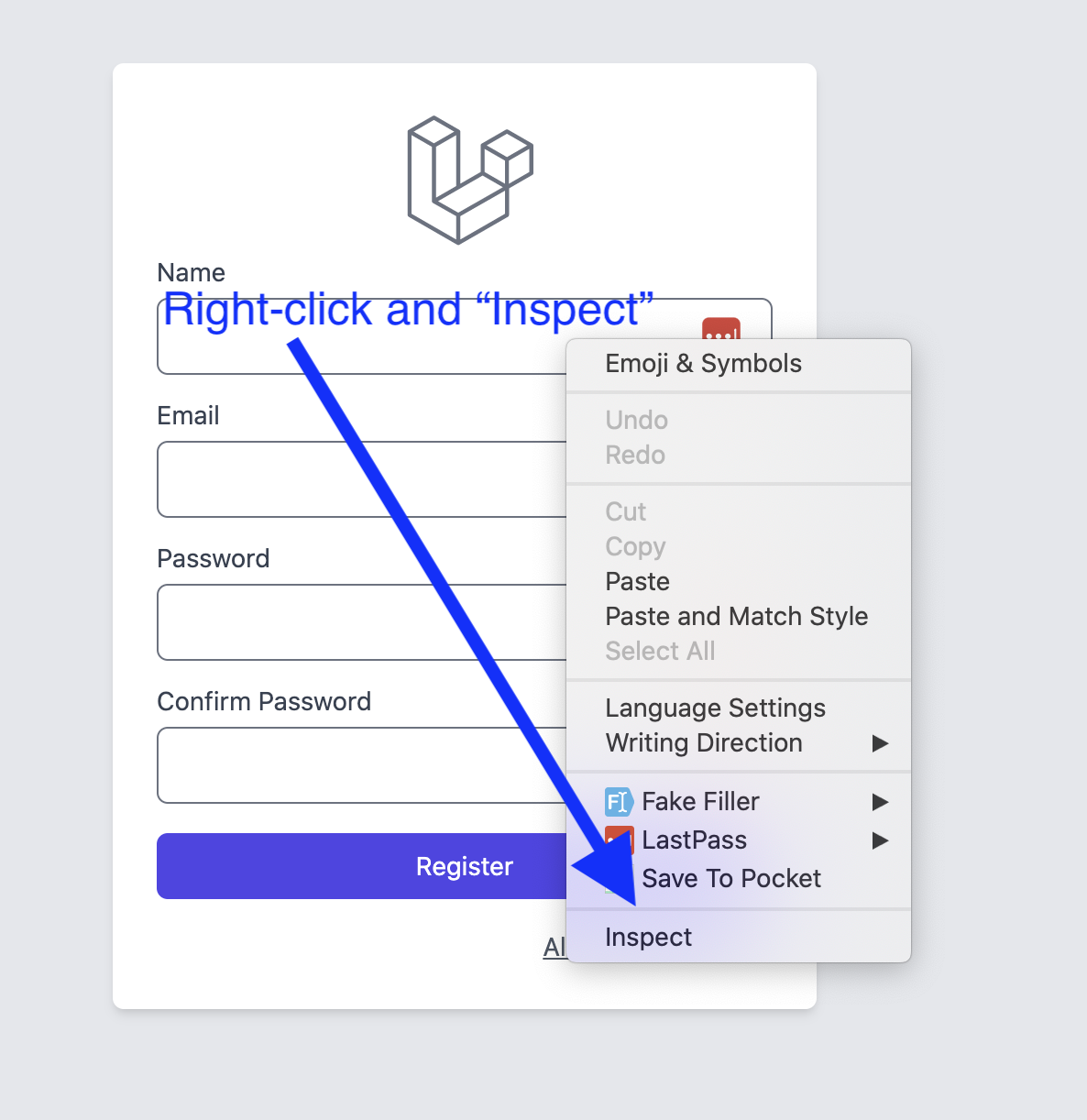https://cdn0.thetruthaboutguns.com/wp-content/uploads/2022/10/FBI-active-shooter.jpg
The Federal Bureau of Investigation continues to tarnish its own reputation by vastly downplaying — by a factor of more than 10 — the number of incidents in which armed Americans stop spree killers. According to the FBI, the same people who can find no evidence of crime on Hunter Biden’s laptop, only 4.4% of these incidents were stopped by a good guy “civilian” with a gun. Analysis by the Crime Prevention Research Center shows the actual number is closer to 50% or more in some instances.
Not only that, but with each passing year, the numbers of spree killings cut short by everyday Americans carrying firearms continues to steadily grow. That shouldn’t surprise anyone as more and more Americans get concealed carry licenses, to say nothing of the half of the nation now living under constitutional carry laws where good guys don’t need a permission slip to carry.
What’s more, in non-“gun-free” zones where good guys aren’t prohibited from carrying lawfully, the number of mass murders interrupted is over 50%.
The CPRC, John Lott’s group, took the time to do the research and what they found is truly appalling. Example: the FBI claimed the would-be murder spree in a White Settlement, Texas church wasn’t stopped by a civilian good guy. Instead, the FBI massaged that case and sorted it as a “security guard” stopping the attack.
How did the Fibbies’ galaxy brains steer that away from a “good guy with a gun” description? They claimed that because Jack Wilson volunteered as church security, he was a “security guard.”
You be the judge. Was that Mr. Wackenhut or Ms. Securitas who took down this killer, or was it an everyday good guy with a gun?
Then again, this is the same FBI that took weeks to determine that the San Bernardino mass killers were jihadists. Ditto for the Pulse Nightclub killer.
The Crime Prevention Research Center has the details . . .
The shooting that killed three people and injured another at a Greenwood, Indiana, mall on July 17 drew broad national attention because of how it ended – when 22-year-old Elisjsha Dicken, carrying a licensed handgun, fatally shot the attacker.
While Dicken was praised for his courage and skill – squeezing off his first shot 15 seconds after the attack began, from a distance of 40 yards – much of the immediate news coverage drew from FBI-approved statistics to assert that armed citizens almost never stop such attackers: “Rare in US for an active shooter to be stopped by bystander” (Associated Press); “Rampage in Indiana a rare instance of armed civilian ending mass shooting” (Washington Post); and “After Indiana mall shooting, one hero but no lasting solution to gun violence” (New York Times).
Evidence compiled by the Crime Prevention Research Center shows that the sources the media relied on undercounted the number of instances in which armed citizens have thwarted such attacks by an order of more than ten, saving untold numbers of lives. Of course, law-abiding citizens stopping these attacks are not rare. What is rare is national news coverage of those incidents. Although those many news stories about the Greenwood shooting also suggested that the defensive use of guns might endanger others, there is no evidence that these acts have harmed innocent victims.
The FBI reports that armed citizens only stopped 11 of the 252 active shooter incidents it identified for the period 2014-2021. The FBI defines active shooter incidents as those in which an individual actively kills or attempts to kill people in a populated, public area. But it does not include those it deems related to other criminal activity, such as a robbery or fighting over drug turf.
An analysis by my organization identified a total of 360 active shooter incidents during that period and found that an armed citizen stopped 124. A previous report looked at only instances when armed civilians stopped what likely would have been mass public shootings. There were another 24 cases that we didn’t include where armed civilians stopped armed attacks, but the suspect didn’t fire his gun. Those cases are excluded from our calculations, though it could be argued that a civilian also stopped what likely could have been an active shooting event.
The FBI reported that armed citizens thwarted 4.4% of active shooter incidents, while the CPRC found 34.4%.
As usual with John Lott’s research, there’s a ton of details and background information at the link. Go read it.
Two factors explain this discrepancy – one, misclassified shootings; and two, overlooked incidents. Regarding the former, the CPRC determined that the FBI reports had misclassified five shootings: In two incidents, the Bureau notes in its detailed write-up that citizens possessing valid firearms permits confronted the shooters and caused them to flee the scene. However, the FBI did not list these cases as being stopped by armed citizens because police later apprehended the attackers. In two other incidents, the FBI misidentified armed civilians as armed security personnel. Finally, the FBI failed to mention citizen engagement in one incident.
For example, the Bureau’s report about the Dec. 29, 2019 attack on the West Freeway Church of Christ in White Settlement, Texas, that left two men dead does not list this as an incident of “civic engagement.” Instead, the FBI lists this attack as being stopped by a security guard. A parishioner, who had volunteered to provide security during worship, fatally shot the perpetrator. That man, Jack Wilson, told Dr. John Lott that he was not a security professional. He said that 19 to 20 members of the congregation were armed that day, and they didn’t even keep track of who was carrying a concealed weapon.
As for the second factor — overlooked cases — the FBI, more significantly, missed 25 incidents identified by CPRC where what would likely have been a mass public shooting was thwarted by armed civilians. There were another 83 active shooting incidents that they missed.
It’s almost as if the Biden administration and Merrick Garland’s FBI have been working hard to smother the facts showing that good guys with guns do indeed stop bad people with evil in their hearts.
And that’s despite the fact that most of these shootings intentionally occur in “gun-free” zones, where only the good guys are disarmed and the bad guys know they’ll find defenseless victims. Because of this, we, as the armed citizenry, have one hand tied behind our back when it comes to these statistics. Even without the .gov’s stats massaging trickery.
Americans aren’t stupid though.
The Truth About Guns
 Most people use rifle slings to carry a long gun when their hands are busy with other things. Various trends have come and gone, such as the three-point and one-point slings. Another classic style of sling that is not as common today is the shooting sling, which secures around the arm to add tension and […]
Most people use rifle slings to carry a long gun when their hands are busy with other things. Various trends have come and gone, such as the three-point and one-point slings. Another classic style of sling that is not as common today is the shooting sling, which secures around the arm to add tension and […]




